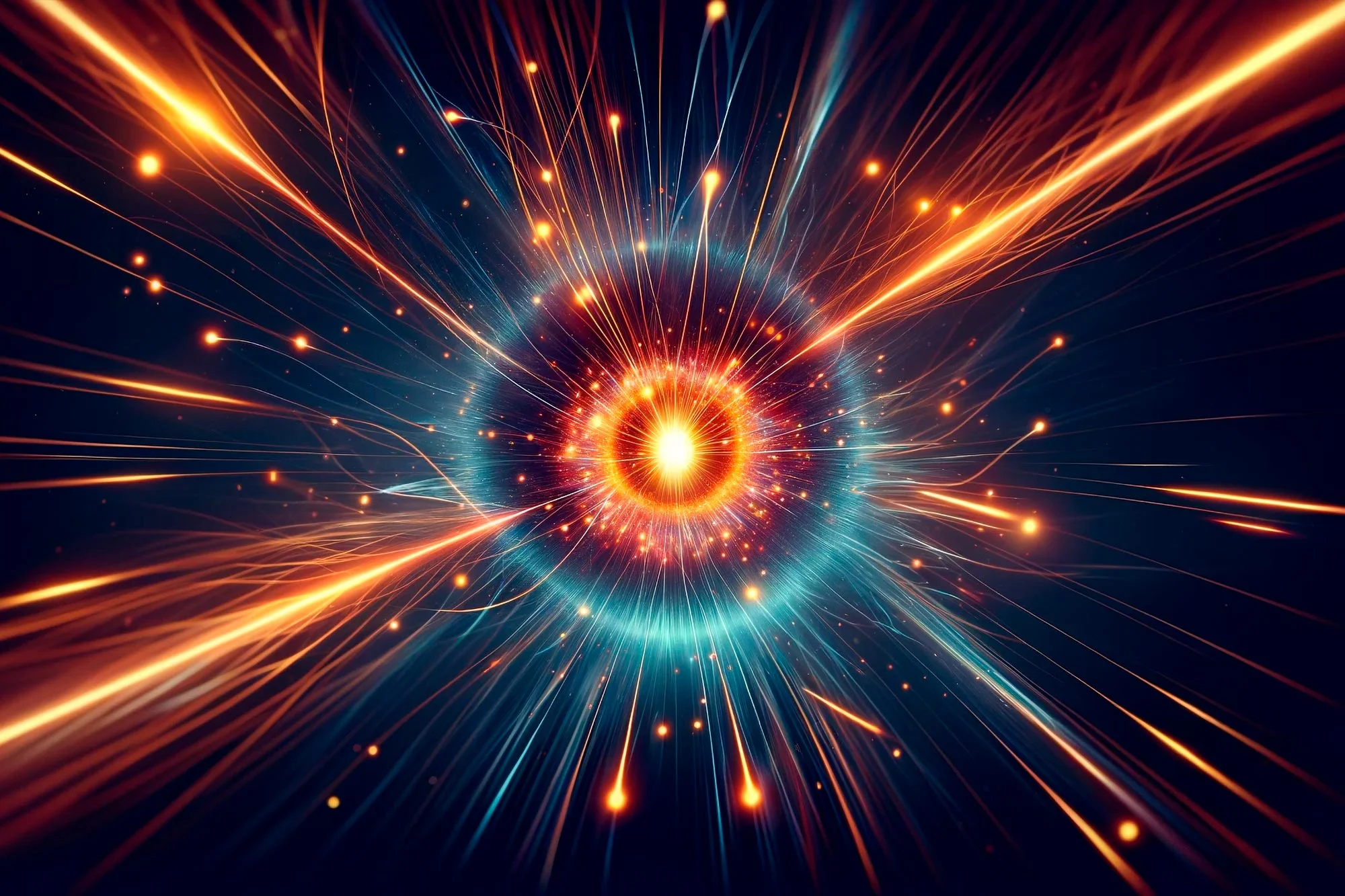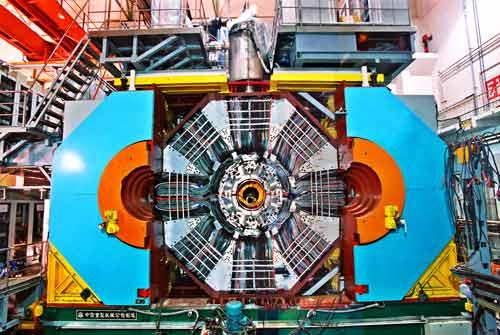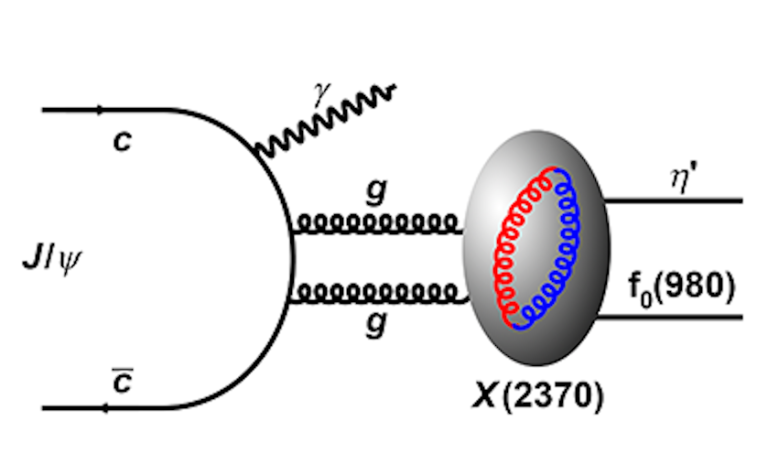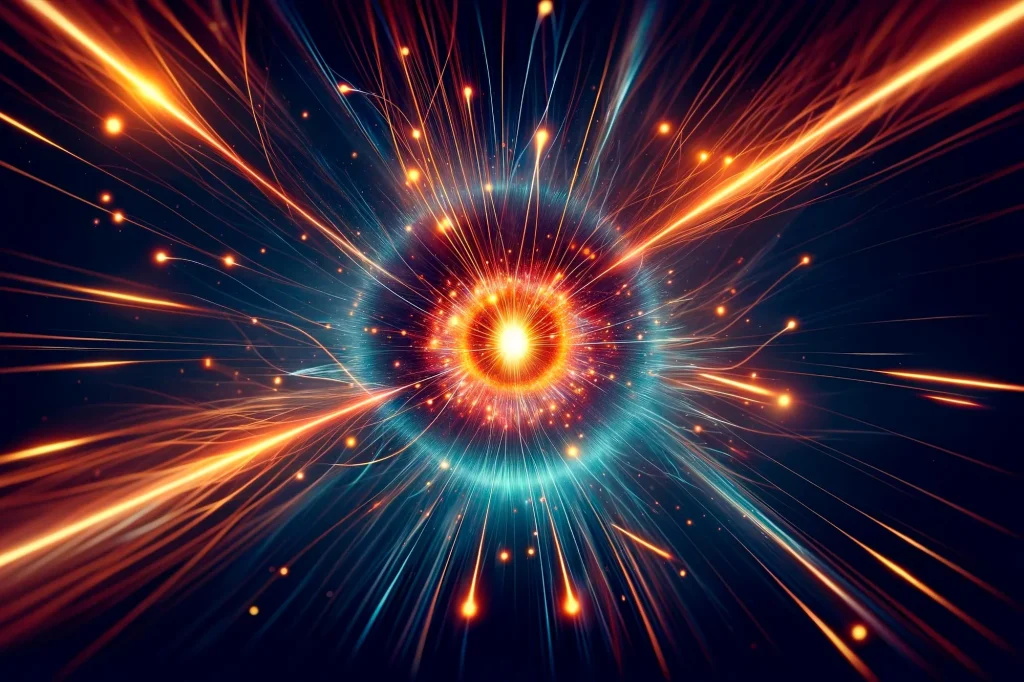
The Standard Model of particle physics is the foundational theory that neatly summarizes our knowledge of the basic forces and particles that make up the universe. Think of it as a kind of Periodic Table for particle physics. This model sorts all recognized subatomic particles, including six types of quarks, six types of leptons (like the electron), and force-carrying particles such as photons for electromagnetism, gluons for the strong force, and W and Z bosons for the weak force.
Protons and neutrons are not part of the Standard Model because they are larger particles made up of quarks. All larger particles and all matter are made from only quarks and leptons.
Among the many particles predicted by the Standard Model, some unusual ones have not yet been confirmed. This includes “glueballs”, or groups of particles made entirely of gluons, the particles that convey the strong force. In other words, a glueball is a particle made completely from force. Star Wars fans, be glad!
Don’t be deceived by the silly name. Glueballs are highly intriguing — and despite their mysterious nature, many particle physicists who are very experienced are convinced they truly exist. Most recently, after decades of work at a particle collider in Beijing, evidence may have finally been found for the first glueball, a new particle called X(2370) that breaks down from a specific type of meson, known as J/ψ.
A ball made of force

The main difference between glueballs and other particles lies in their composition and the interactions they involve. In typical hadrons, such as protons and neutrons, gluons act as the “glue” that mediates the strong force between quarks. In contrast, glueballs are purely gluonic states — essentially, clusters of gluons binding to each other. This self-interaction is a unique feature arising from the property of gluons being able to interact with each other, unlike other force carriers like photons in electromagnetism.
Detecting and researching glueballs is difficult because they are expected to blend with other quark-containing particles and break down into more familiar particles, making them hard to observe in experiments.
Since its launch in 2008, the Beijing Spectrometer III — a particle detector experiment located at the Beijing Electron-Positron Collider — has captured a huge 10 billion events that formed J/ψ particles. These are some of the most unstable particles out there, existing for the briefest moment before breaking down into something else, including the newly identified X(2370) particle.
X(2370) presents intriguing properties consistent with those expected of a glueball. It exhibits no electric charge, odd parity, and a mass within the predicted range for the lightest glueball state. The findings also align remarkably well with Lattice quantum chromodynamics (QCD) predictions, a computational method that has only recently matured enough to predict such exotic particles with high precision.
According to the researchers in China, the significance of the results is very high. This means there’s only a very small chance of the reading being a random anomaly.

More research is necessary
Even though these results look good, there are still reasons to be careful. The production rate and branching ratios of the X(2370) do not completely match the initial expectations for glueballs. It’s possible that this particle could represent another unusual state, such as a tetraquark, instead of a true glueball, said physicist and science journalist Ethan Siegel in a Big Think article.
“Nevertheless, with the production of many hundreds of thousands of X(2370) particles as the result of the decay of more than 10 billion J/ψ particles, we have now solidly measured more properties than ever of this exotic particle. It is now the most compelling, interesting candidate for a glueball: a species of composite particle that should exist, but that has never been seen before. More work still needs to be done to determine the full nature of the X(2370) particle, but this is the strongest evidence for the existence of a glueball ever put forth into the world. If no glueballs exist in all of nature, then something new is wrong with the Standard Model. If glueballs do exist, however, the X(2370) just might be the first one revealed to humanity,” Siegel wrote.
The new findings were published in the Physical Review Letters.









